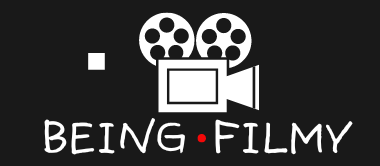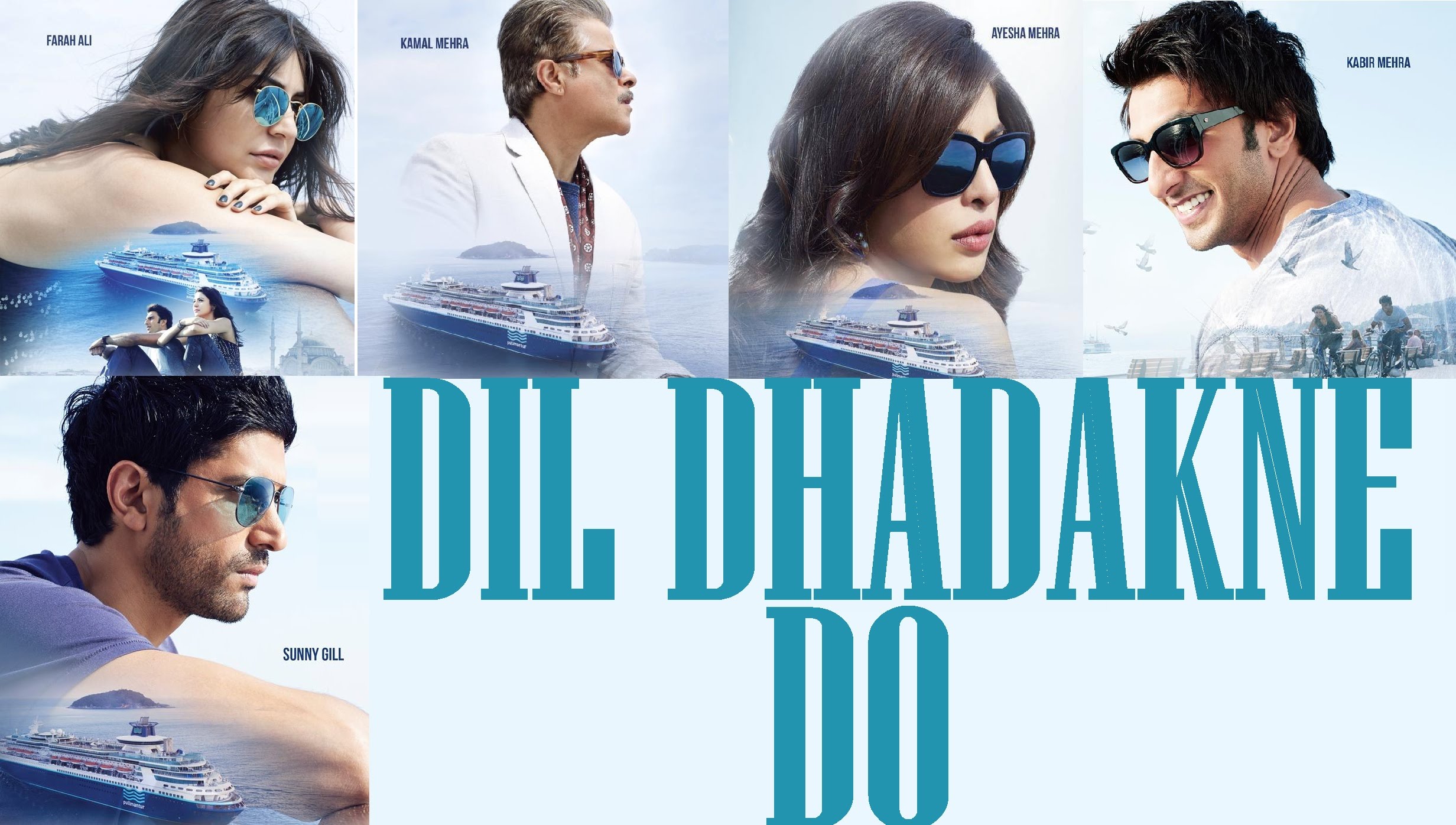Ten years ago, Zoya Akhtar’s Dil Dhadakne Do set sail—not just on a cruise but into the hearts of millions. Released in June 2015, this ensemble drama wasn’t just a glossy, star-studded spectacle; it was a cinematic mirror, reflecting the modern Indian family’s contradictions, silences, and deep yearning for one thing: real communication.
More Than a Vacation Story
At first glance, Dil Dhadakne Do looked like a breezy vacation film—luxury liners, turquoise waters, high-fashion wardrobes, and picture-perfect European locales. But behind the glitz and glam was a compelling narrative of a dysfunctional Punjabi family navigating buried emotions, societal expectations, and generational divides.
The Mehras were the kind of family we’ve all known—or belonged to. Outwardly successful and socially envied, yet riddled with emotional gaps, unspoken truths, and internalized pain. Kamal Mehra played brilliantly by Anil Kapoor, a business tycoon from Delhi and owner of AyKa industries, Kamal’s wife Neelam Mehra played by Shefali Shah, the typical Indian wife who is always belittled by the husband but still stays in the marriage fearing societal shame, Ayesha the elder daughter who’s a self-made businesswoman just like her father but is also stuck in an unhappy marriage like her mother while Kabir, the youngest member of Mehra family is a young carefree guy aiming to be a pilot but forcibly made the heir of AyKa industries by his parents.
Why It Still Feels So Relatable
Besides the stellar cast and beautiful foreign locales, or the memorable dog-narrated commentary (voiced perfectly by Aamir Khan), Dil Dhadakne Do made a mark on the viewers for it’s sheer honesty! The film dared to say what many families silently endure:
- Children pressured to meet parental expectations at the cost of their dreams.
- Marriages sustained for appearances rather than affection.
- Mental health swept under the rug.
- The deafening silence between people who live under the same roof.
Communication: The Heartbeat of Every Relationship
If there’s one theme that pulses through the film, it’s the lack—and eventual rediscovery—of communication. Whether it’s Kabir finally standing up for his own choices, Ayesha voicing her dissatisfaction in a suffocating marriage, or the Mehra parents forced to confront their own contradictions, the story shows us that talking—really talking—is the first step toward healing.
And in 2025, the film’s core message feels more urgent than ever. In an age of filtered lives and WhatsApp forwards, real conversations are often the first casualty. Dil Dhadakne Do reminds us that no relationship, however deep or loving, can survive without honesty, vulnerability, and active listening.
A Cultural Shift in Bollywood Storytelling
When it released, the film also contributed to a subtle yet significant shift in Hindi cinema. It wasn’t about melodramatic confrontations or villainous characters. The enemy here was emotional neglect and societal pressure—real-life antagonists. Zoya Akhtar’s direction gave us a lens to see the invisible scars families carry and the gentle power of speaking one’s truth.
Final Thoughts: Let the Heart Beat, Let the Words Flow
Ten years later, Dil Dhadakne Do remains not just relevant but essential. It taught us that love, respect, and understanding aren’t about grand gestures, but about having the courage to say what needs to be said, to listen without judgment, and to create space for each other’s truths.

